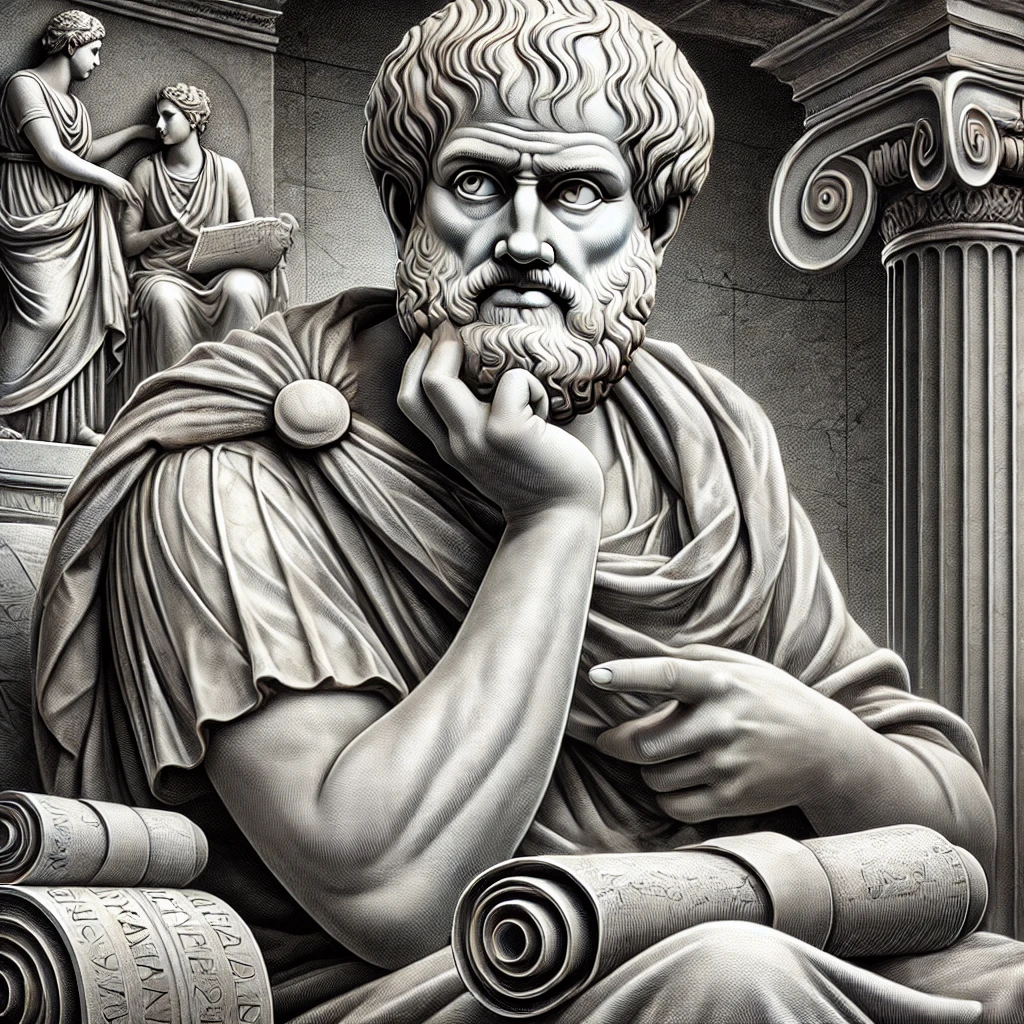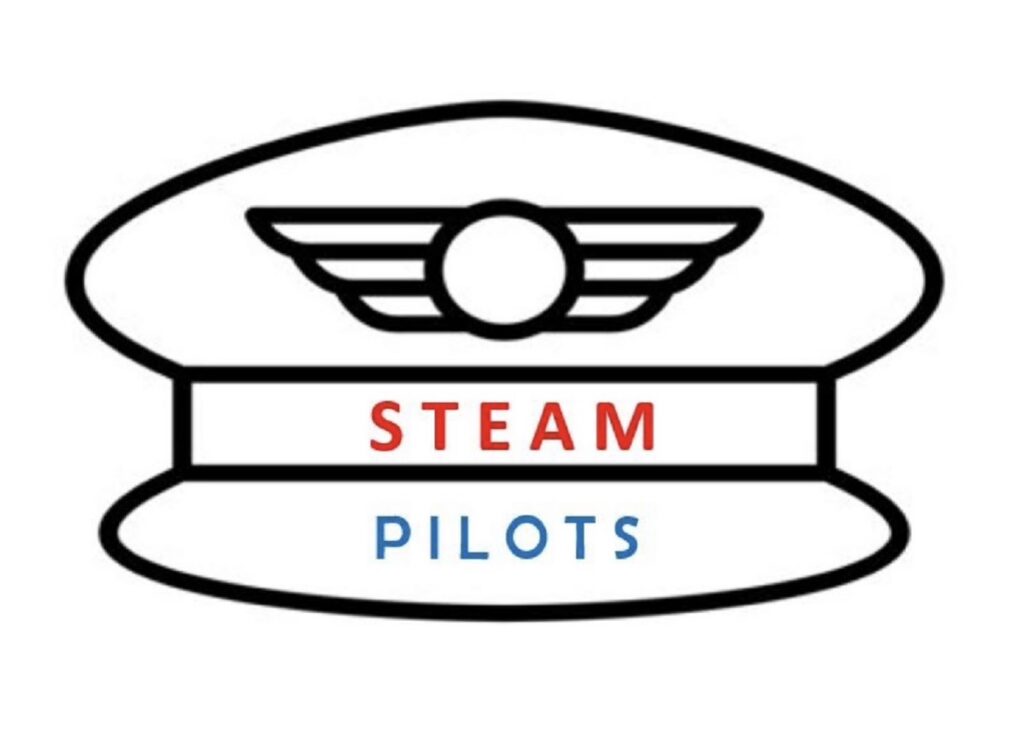Back to: STEAM Pilots AI Essentials
Artificial Intelligence (AI) has a rich and varied history that dates back to ancient times, although it truly began to take shape as a formal discipline in the mid-20th century. In the past several years, AI has become part of many people’s lives, stemming from the widespread adoption of Generative AI and Large Language Models, like ChatGPT-4. This lesson highlights key milestones and developments in the history of AI.
AI in Ancient History

Early myths from Greek, Egyptian, and Chinese civilizations describe artificial beings and intelligent automatons. For instance, Greek mythology includes tales of Talos, a giant automaton made by Hephaestus, and Pygmalion, who sculpted a statue that came to life.

Philosophers such as Aristotle pondered the nature of thought and intelligence. His syllogistic logic laid the groundwork for formal reasoning systems.
Early Foundations (1940s-1950s)
- 1943: Warren McCulloch and Walter Pitts developed a mathematical model for neural networks based on algorithms, laying the groundwork for AI.
- 1950: Alan Turing proposed the Turing Test to determine if a machine can exhibit intelligent behavior indistinguishable from that of a human.
- 1956: The term “artificial intelligence” was coined by John McCarthy at the Dartmouth Conference, which is considered the birth of AI as a field.
The Formative Years (1950s-1970s)
- 1950s-1960s: Early AI research focused on problem-solving and symbolic methods. Programs like Newell and Simon’s Logic Theorist and General Problem Solver were developed.
- 1966: ELIZA, a natural language processing program, was created by Joseph Weizenbaum, simulating conversation with a psychotherapist.
- 1970s: The first AI “winter” occurred due to unmet expectations and reduced funding. Nonetheless, significant work continued in specific areas like expert systems and robotics.
The Rise of Expert Systems (1980s)
- 1980s: Expert systems, which emulate the decision-making abilities of human experts, gained prominence. Systems like MYCIN, which diagnosed bacterial infections, showcased the potential of AI in specialized fields.
- 1987: The second AI winter began as the commercial success of expert systems led to inflated expectations and subsequent disillusionment.
Advances in Machine Learning and Modern AI (1990s-2010s)
- 1990s: AI research shifted focus to machine learning, driven by the availability of large datasets and advances in computing power. Techniques like support vector machines and neural networks gained traction.
- 1997: IBM’s Deep Blue defeated world chess champion Garry Kasparov, a milestone in AI.
- 2010s: The resurgence of neural networks, particularly deep learning, revolutionized AI. Breakthroughs in image recognition, natural language processing, and game playing were achieved. Notable examples include Google’s AlphaGo defeating Go champion Lee Sedol in 2016.
- 2018: The release of OpenAI’s GPT (Generative Pre-trained Transformer) model, which marked a significant step in developing so-called Large Language Models, or LLMs. GPT was notable for its ability to generate coherent text by pre-training on a large corpus of text and fine-tuning for specific tasks.
- 2019: OpenAI’s GPT-2 was released, which demonstrated even more advanced capabilities in text generation and understanding. GPT-2’s ability to generate human-like text brought substantial attention to the potential of LLMs.
AI in the 2020’s – An Inflection Point
- 2020: Release of GPT-3 by OpenAI, the underlying model for the initial versions of ChatGPT. GPT-3’s large-scale transformer-based architecture and extensive training data enable significant advancements in natural language processing.
- 2021: OpenAI provides broader API access to GPT-3, allowing developers and businesses to integrate its capabilities into various applications.
Tools and techniques for fine-tuning GPT-3 for specific use cases are developed, enhancing its adaptability and performance across different domains. - 2022: Public release of ChatGPT, based on GPT-3. This marked the introduction of a conversational interface that leverages the capabilities of GPT-3 to provide more interactive and practical AI-driven conversations. Continuous improvements are made to ChatGPT based on user feedback, focusing on enhancing its accuracy, coherence, and contextual understanding.
- 2023: ChatGPT Plus: Introduction of a subscription plan offering benefits like general access during peak times, faster response times, and priority access to new features and improvements.
Model Updates: Regular updates to the underlying models to improve performance, reliability, and safety. This includes efforts to reduce biases and enhance the model’s ability to handle complex queries and conversations.
Integration and Expansion: ChatGPT is integrated into various platforms and applications, expanding its accessibility and usability. Partnerships with companies in diverse industries demonstrate the versatility of ChatGPT. - 2024: Advanced Features: Introduction of new features, such as enhanced multi-turn conversations, memory capabilities to maintain context over longer interactions, and improved handling of nuanced queries.
Developer Tools: Enhanced tools and APIs for developers to build custom applications using ChatGPT, including more robust support for fine-tuning and integrating with other systems.
Regulatory and Ethical Focus: Increased focus on ethical considerations, data privacy, and compliance with emerging AI regulations. OpenAI actively engages with policymakers and industry leaders to shape responsible AI development.
